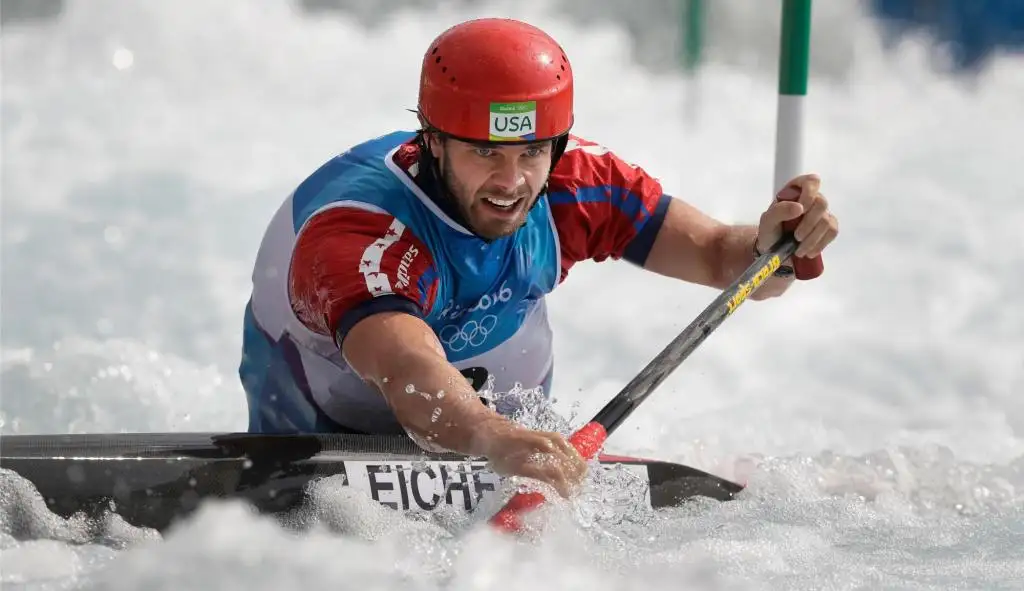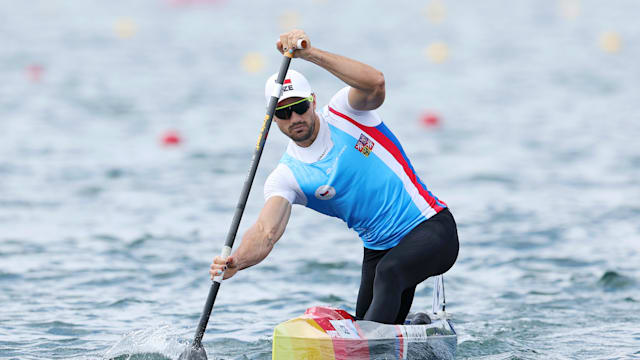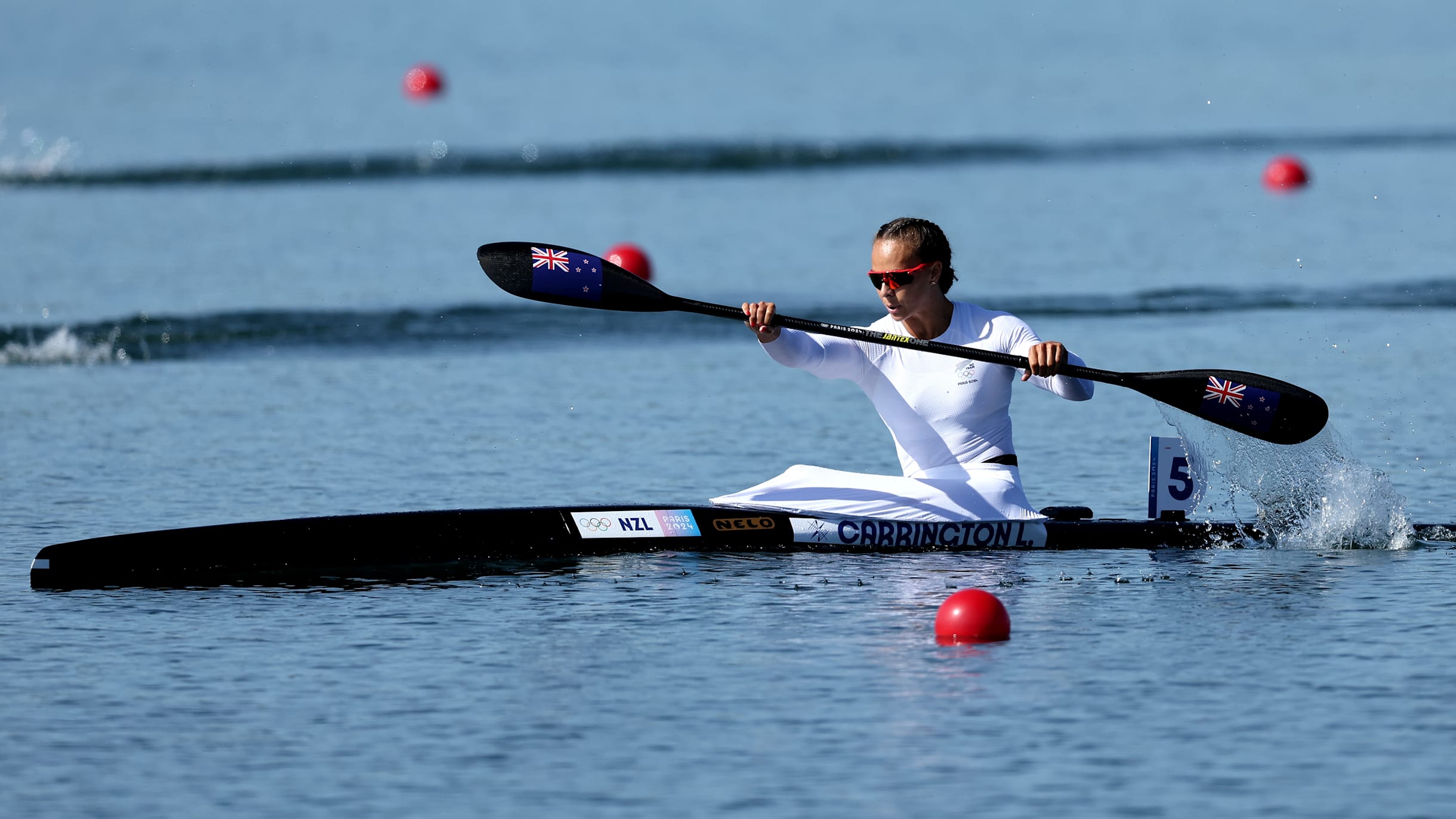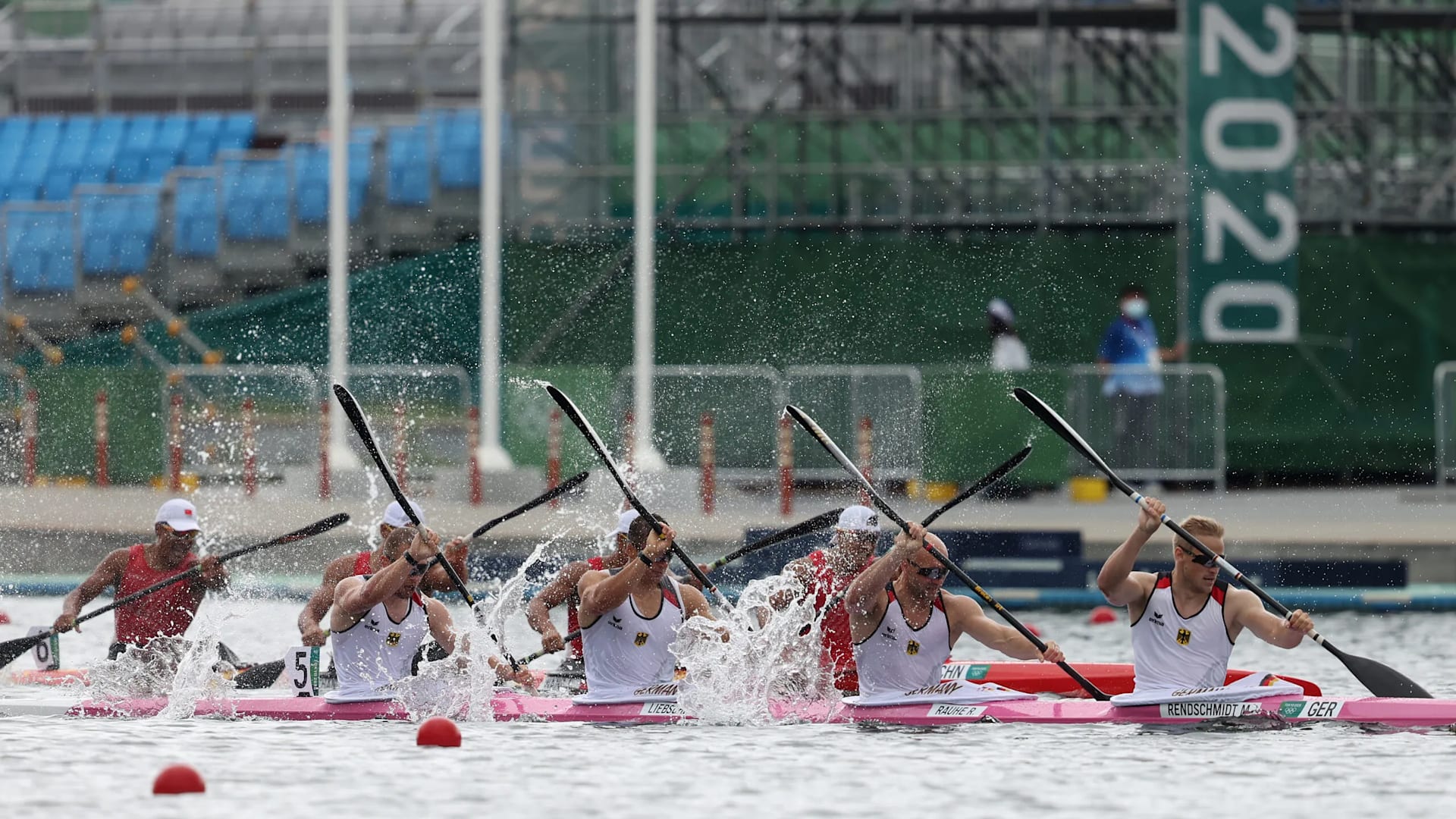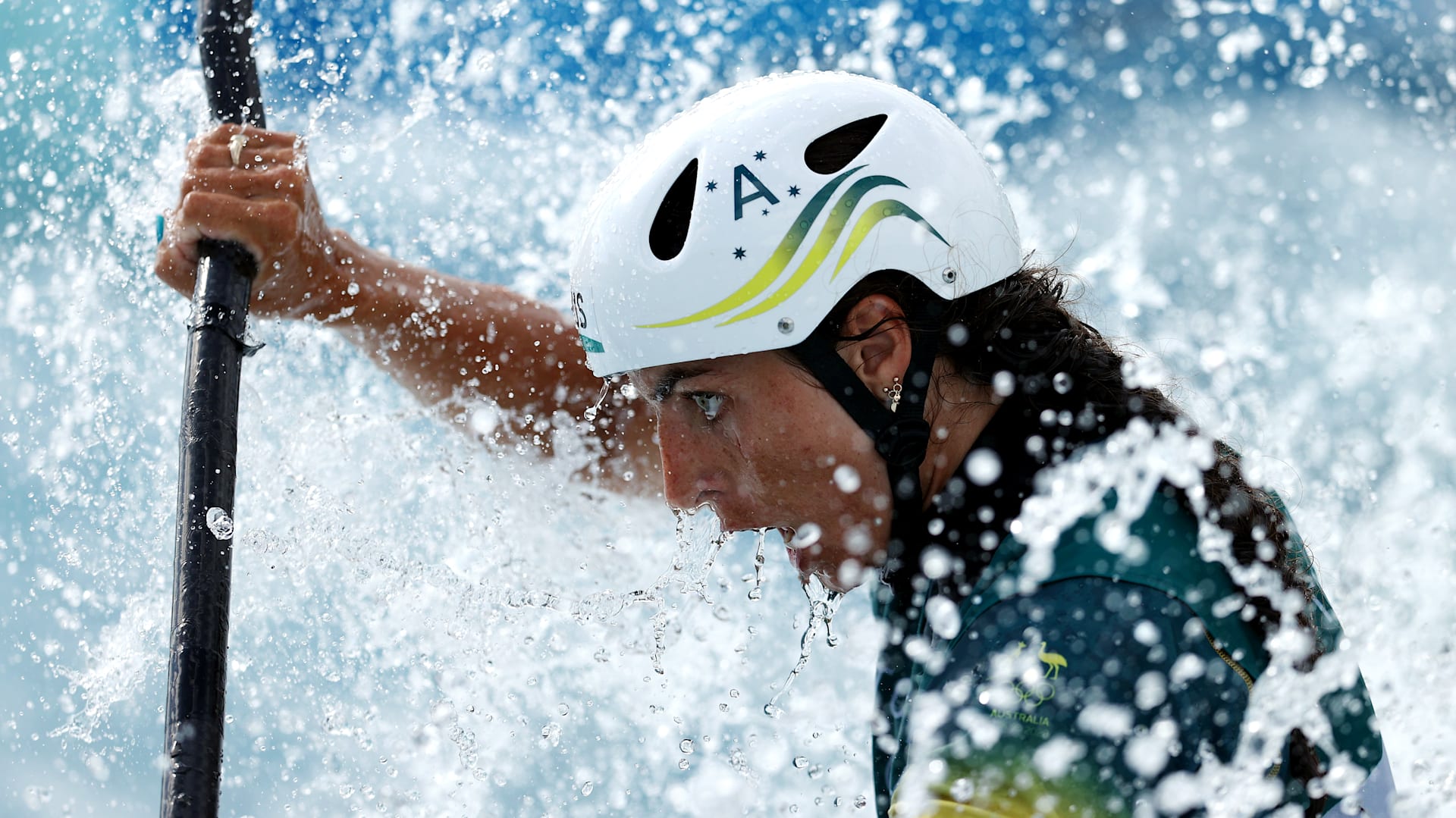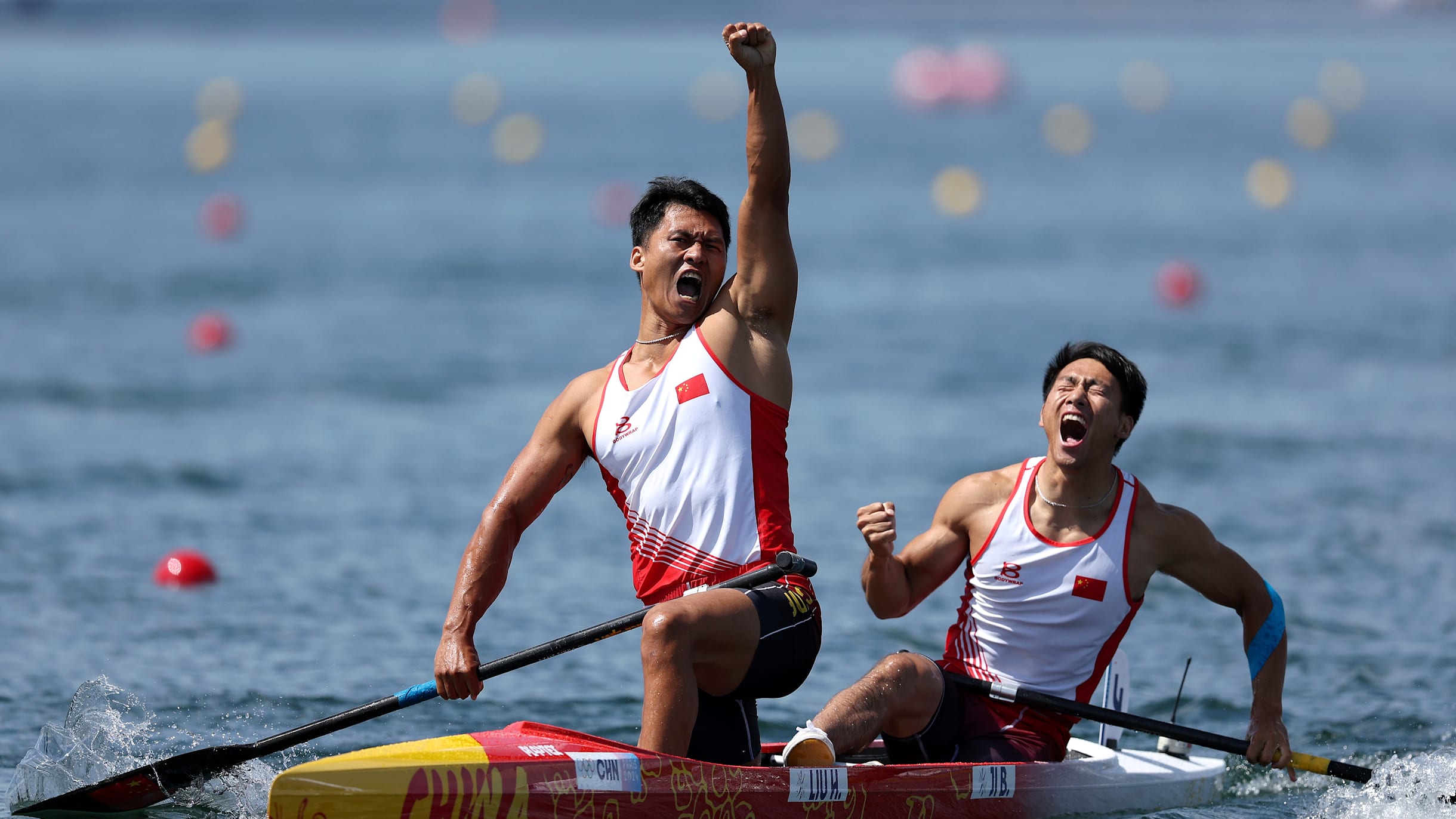Speed and Power: Canoe Sprint at Paris 2024
As the world gears up for the Paris 2024 Olympics, the canoe sprint is poised to be one of the most exhilarating events on the Olympic calendar. This high-speed water sport showcases athletes’ strength, technique, and strategic prowess as they race over various distances in their canoes. Here’s an in-depth look at the canoe sprint, its significance in the Olympics, the preparation involved, and what fans can expect during the Paris 2024 Games.
1. Understanding Canoe Sprint
Canoe sprint is a competitive racing sport where athletes paddle a canoe or kayak over a distance, typically ranging from 200 to 1000 meters. Athletes compete in individual boats or team boats, and the races are held on calm water, ensuring optimal conditions for speed. The sport demands a unique blend of physical strength, endurance, and mental fortitude, making it a thrilling spectacle for viewers.
2. History of Canoe Sprint in the Olympics
Canoe sprint has a rich history in the Olympic Games, debuting in the 1936 Berlin Olympics for men, with women's events added later in 1948. Over the years, the sport has evolved, incorporating more events and distances, and gaining popularity worldwide. The International Canoe Federation (ICF) governs the sport, ensuring adherence to rules and standards that promote fair competition.
3. Events and Distances in Paris 2024
At the Paris 2024 Olympics, the canoe sprint will feature various events, including individual and team races for both men and women. The distances for these races typically include:
200 meters: A short-distance sprint that tests speed and explosive power.
500 meters: A middle-distance race that requires both speed and endurance.
1000 meters: A longer race that emphasizes strategic pacing and endurance.
The introduction of mixed-gender events, such as the mixed K2 500m, reflects the Olympics' commitment to gender equality and inclusivity in sports.
4. Athletic Training and Preparation
Athletes competing in canoe sprints undergo rigorous training regimens to prepare for the demands of the sport. Their training typically includes:
Paddling Technique: Athletes spend hours perfecting their paddling strokes to maximize efficiency and speed.
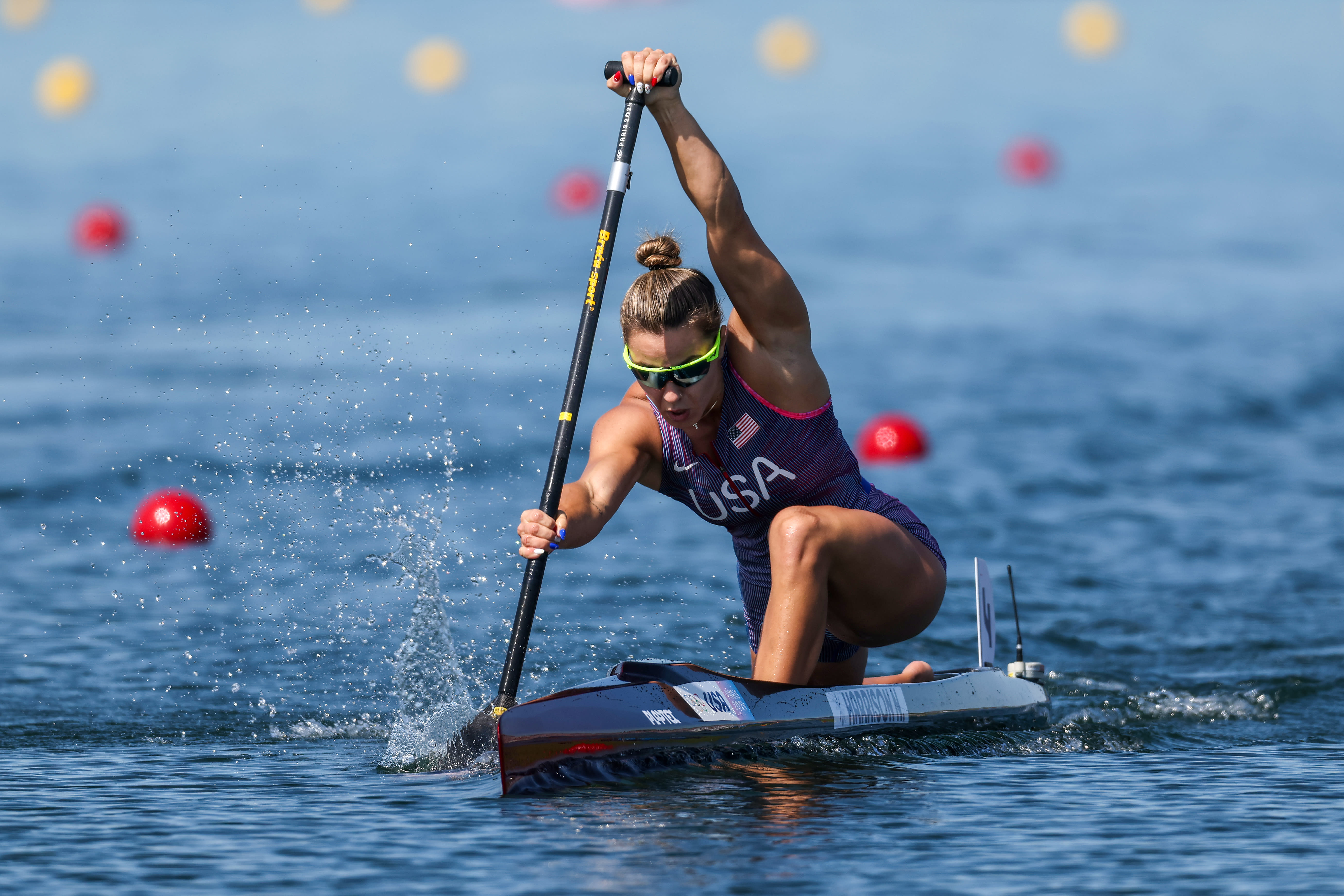
Strength Training: A strong upper body is crucial for paddling, so athletes engage in weightlifting and resistance training to build muscle.
Endurance Training: Long-distance paddling sessions help improve cardiovascular fitness and stamina.
Mental Preparation: Competitive canoeists also focus on mental strategies, visualizing race scenarios, and managing stress.
This comprehensive training prepares athletes to perform at their best when it counts.
5. Equipment and Technology
Canoe sprint athletes use specially designed boats that enhance performance. Key equipment includes:
Canoes and Kayaks: These boats are lightweight and hydrodynamic, allowing for maximum speed. Athletes choose between canoes, where they kneel and use a single-bladed paddle, and kayaks, where they sit and use a double-bladed paddle.
Paddles: High-quality paddles made from advanced materials such as carbon fiber are essential for efficiency.
Personal Gear: Athletes wear specially designed clothing that reduces drag and enhances performance, along with life vests for safety.
Advancements in technology have also led to improvements in boat design and materials, contributing to faster race times.
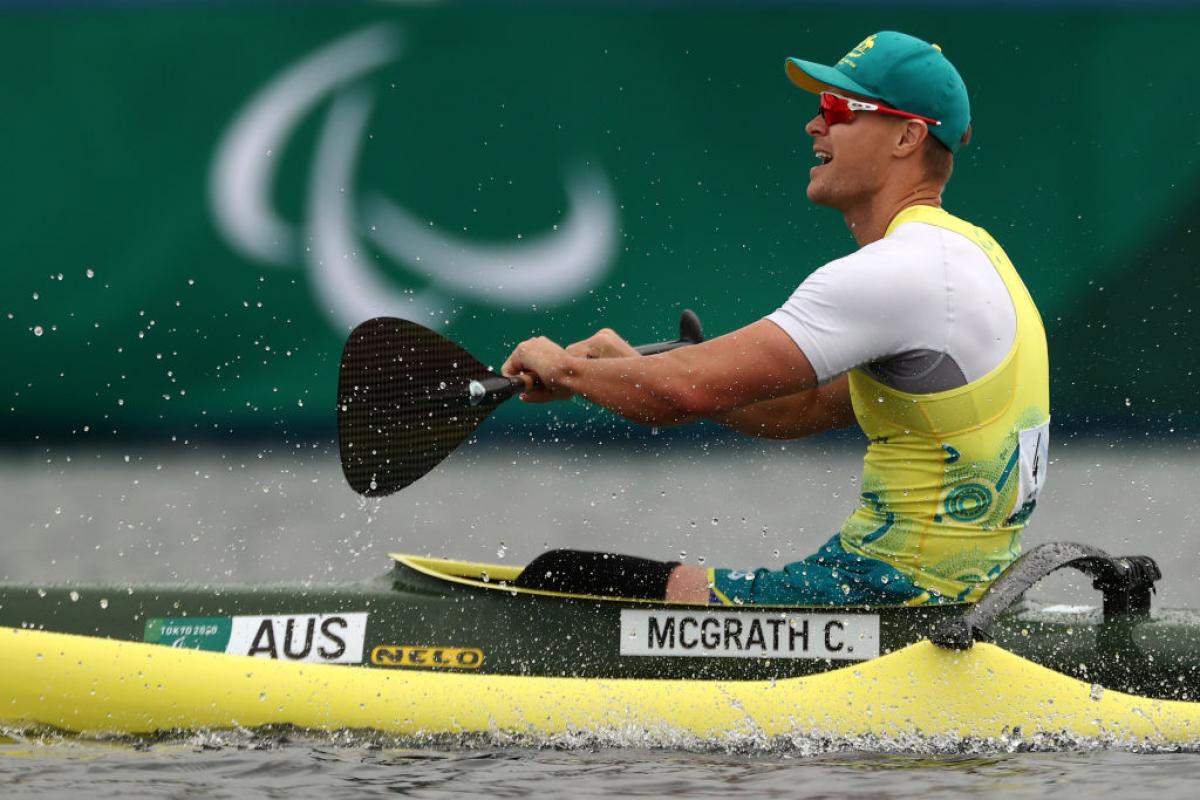
6. Race Strategy and Techniques
In canoe sprint, strategy plays a critical role in determining the outcome of a race. Athletes must be aware of their competitors and make split-second decisions based on their positioning. Key strategies include:
Pacing: Finding the right balance between speed and endurance is essential, particularly in longer races.
Starting Strong: A powerful start can set the tone for the race, so athletes focus on explosive power during the initial phase.
Race Dynamics: Understanding the competition's strengths and weaknesses allows athletes to adjust their tactics mid-race.
Successful athletes combine physical prowess with strategic thinking, making canoe sprints a captivating event.
7. The Spectator Experience at Paris 2024
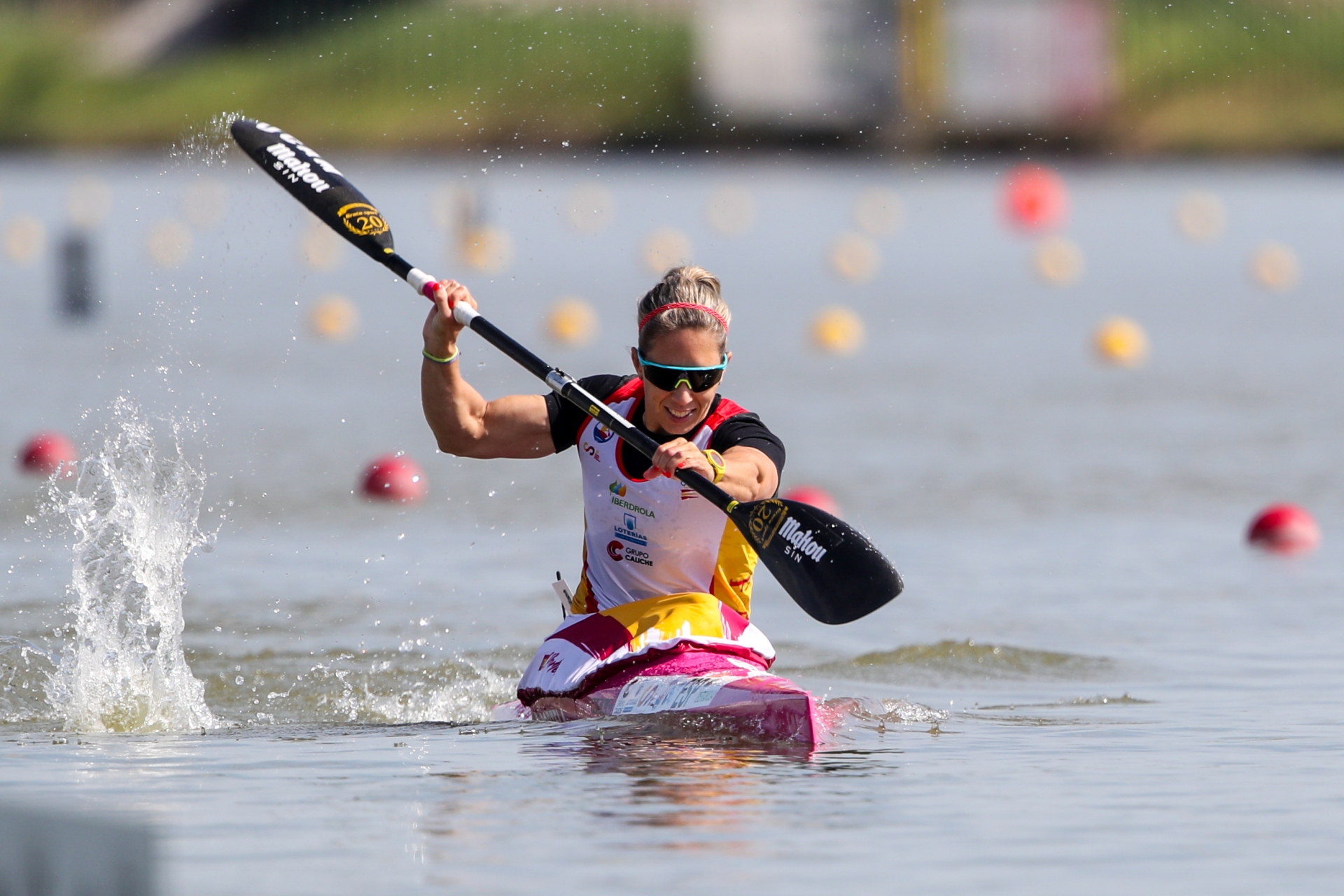
As spectators gather to witness the canoe sprint events at the Paris 2024 Olympics, they can expect an electric atmosphere. The races will take place on the Seine River, offering stunning views of the Parisian skyline. Spectators can anticipate:
Exciting Race Day Atmosphere: Fans will be treated to a lively environment with cheering crowds, music, and entertainment.
Close Finishes: With races often decided by mere seconds, the thrill of close finishes will keep spectators on the edge of their seats.
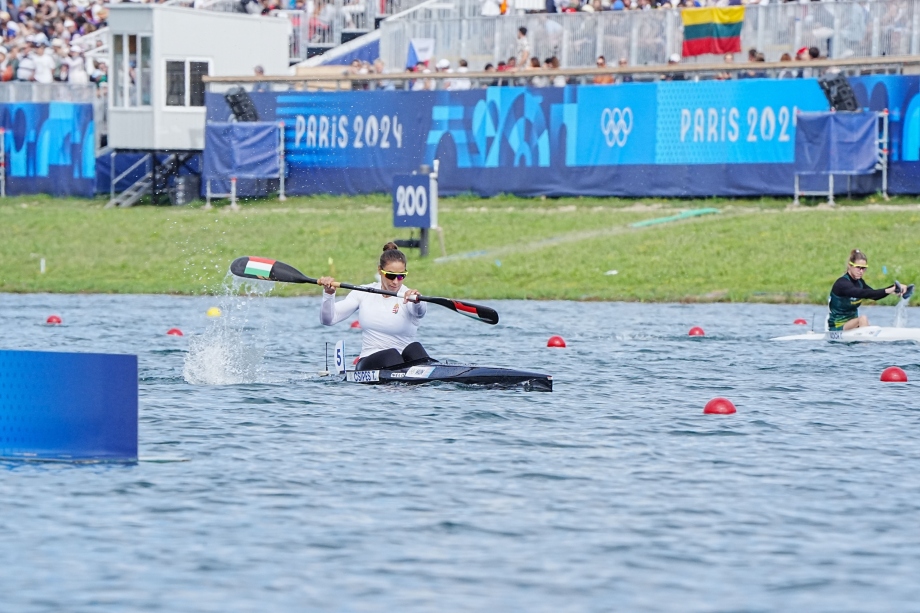
Athlete Interactions: Opportunities for fans to meet athletes and learn more about the sport will enhance the overall experience.
8. Promoting Canoe Sprint Worldwide
Canoe sprint has been gaining popularity globally, thanks in part to social media and the efforts of national federations to promote the sport. Athletes share their training journeys and race experiences online, inspiring new generations to take up the sport. This growing interest is essential for the sport’s future, as it encourages grassroots programs and increased participation.
9. Safety and Regulations

Safety is a top priority in canoe sprints. Organizers ensure that all equipment meets safety standards and that athletes are trained in safety protocols. Race officials enforce strict regulations regarding race conduct, equipment specifications, and athlete eligibility to maintain the integrity of the competition.
10. Conclusion
Canoe sprint promises to be one of the most thrilling events at the Paris 2024 Olympics, showcasing the incredible speed, strength, and skill of the athletes. As the world watches these elite competitors race down the Seine River, the excitement and passion of the sport will undoubtedly captivate audiences. The combination of athleticism, strategy, and technology in canoe sprint exemplifies the spirit of the Olympics—bringing together nations through the celebration of sport.
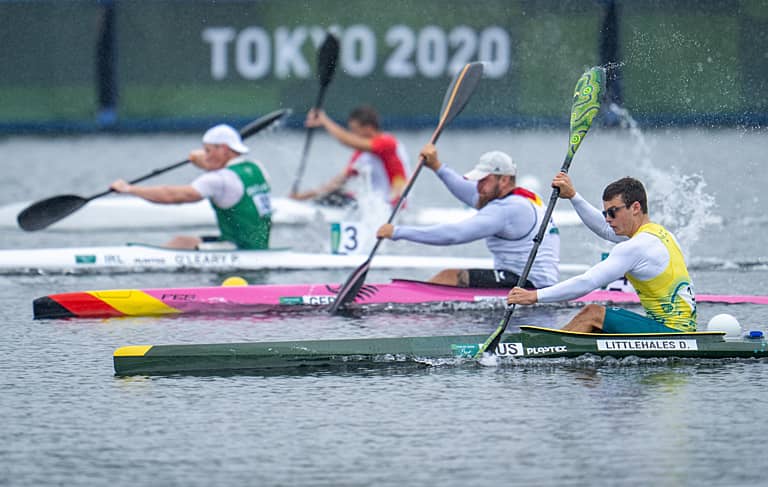
For further information on canoe sprints and upcoming Olympic events, fans can explore resources from the International Canoe Federation (ICF) and the official Olympics website, which provide comprehensive details on athlete profiles, event schedules, and historical context.

